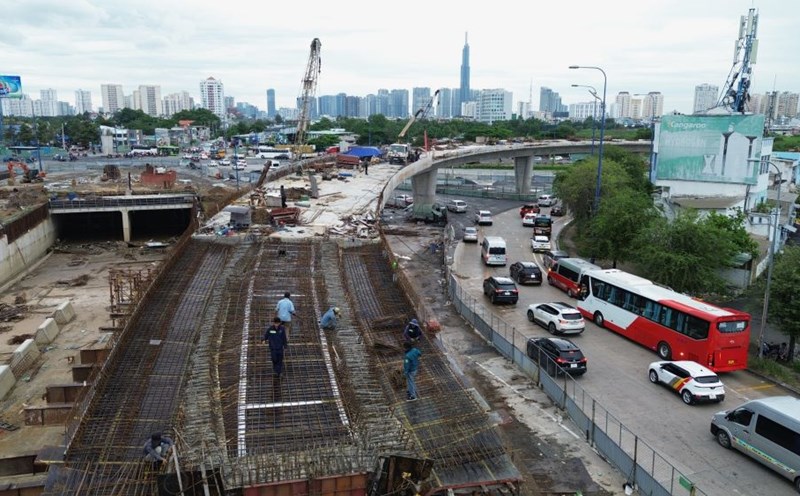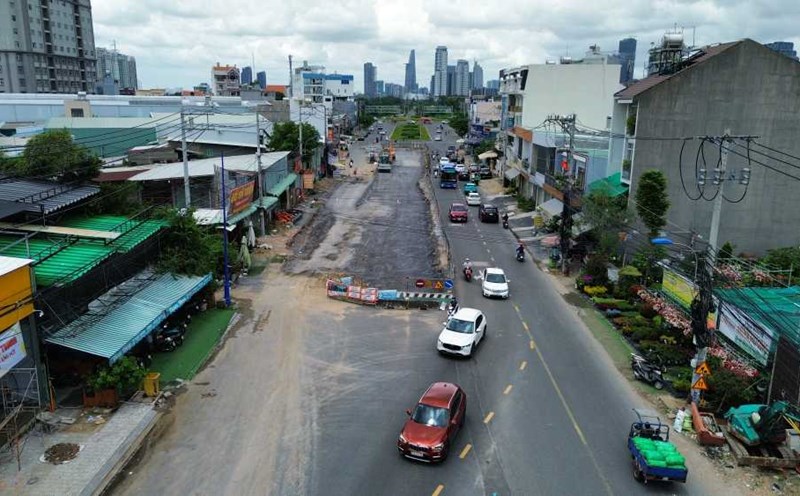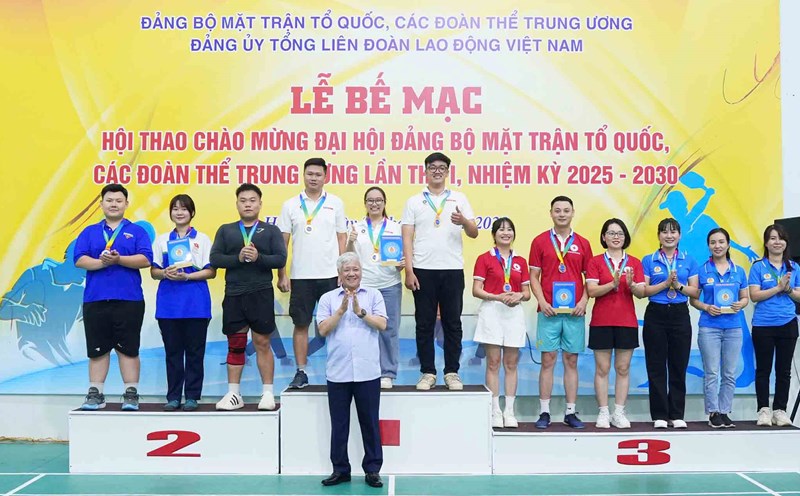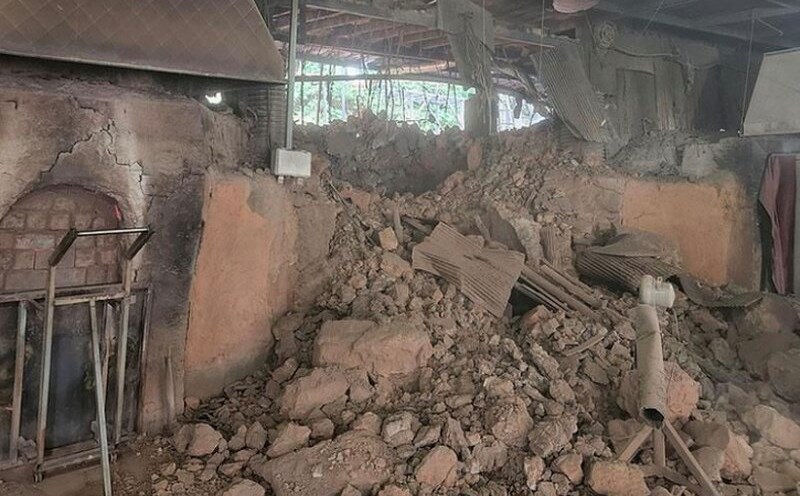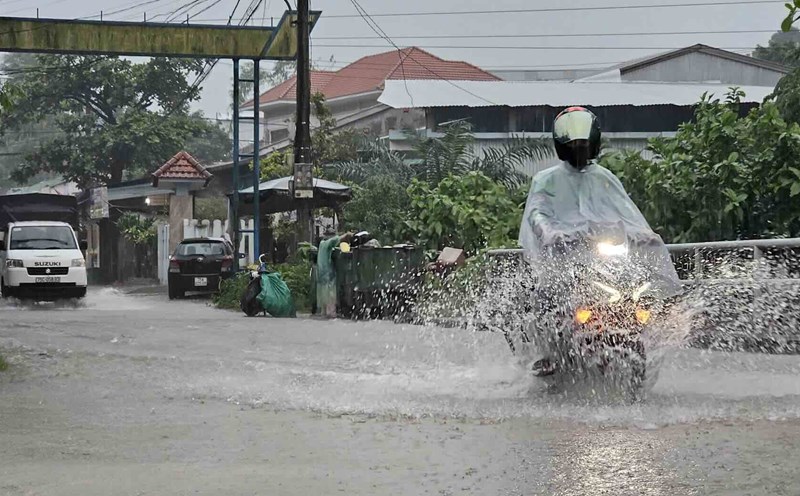Luong Dinh Cua Street - the main traffic axis of the eastern gateway of Ho Chi Minh City - was started to be upgraded in 2015 with a scale of expansion to 30 m, 2.5 km long (from Tran Nao Street to An Phu intersection).
The total investment capital of the project is about 826 billion VND. However, after 10 years of implementation with many delays, the project has not been completed.
In particular, the more than 500 m long section from Nguyen Hoang Street to An Phu intersection has become a "bottleneck", often congested due to direct connection with major traffic axes such as Mai Chi Tho, Ho Chi Minh City - Long Thanh Expressway and Nguyen Thi Dinh Street.
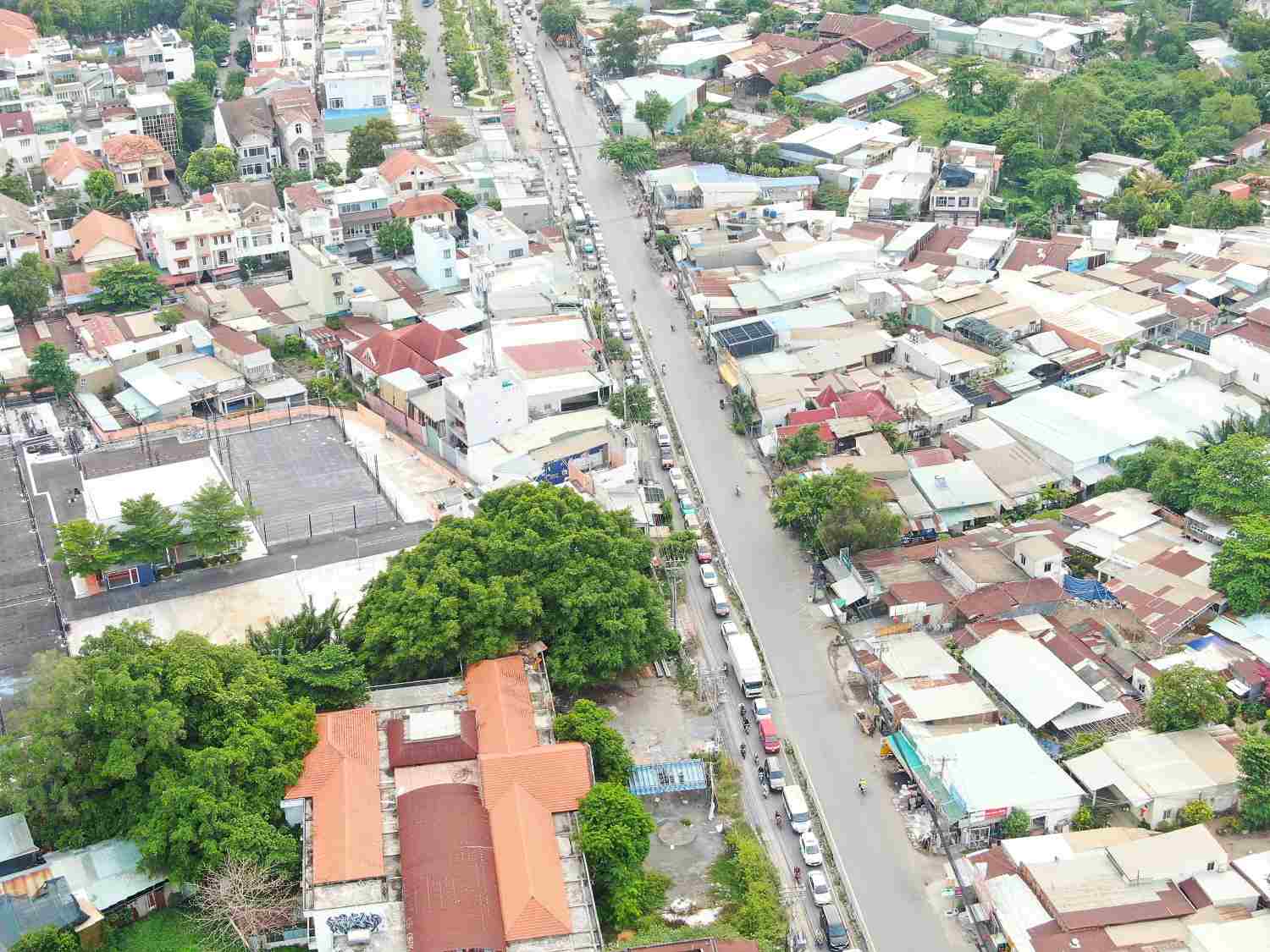
The main reason for the project's delay is problems in site clearance (GPMB). The 2.2 ha area (22,000 m2) of land located on the section from Nguyen Hoang to An Phu intersection overlaps the boundary with the An Phu Development Urban Area project (invested by Thu Thiem Real Estate Joint Stock Company).
According to the Department of Agriculture and Environment of Ho Chi Minh City, since 2000, the city has approved the technical infrastructure project of An Phu Urban Area with an area of over 87 hectares. Of which, more than 85 hectares were assigned to Thu Thiem Real Estate Joint Stock Company for implementation, while the remaining 2.2 hectares were managed by the State to expand Luong Dinh Cua Street.
However, currently, departments and branches have determined that this area is still within the scope of compensation for the project implemented by the enterprise, because the Prime Minister has decided to reclaim it. Meanwhile, the enterprise said that this land is a road boundary, not subject to allocation, so it is not responsible for compensation.

Mr. Luong Minh Phuc - Director of the Ho Chi Minh City Traffic Construction Investment Project Management Board (Traffic Board - investor) said that this is a " dien hinh lesson" in the project's extension due to slow site clearance.
The section from Nguyen Hoang to Tran Nao Street will be handed over to the last household at the end of October 2024, then will coordinate with the electricity, telecommunications, and water supply sectors to relocate infrastructure and continue construction. The Traffic Department is urging the contractor to speed up the progress, expected to complete the entire project in October 2025.
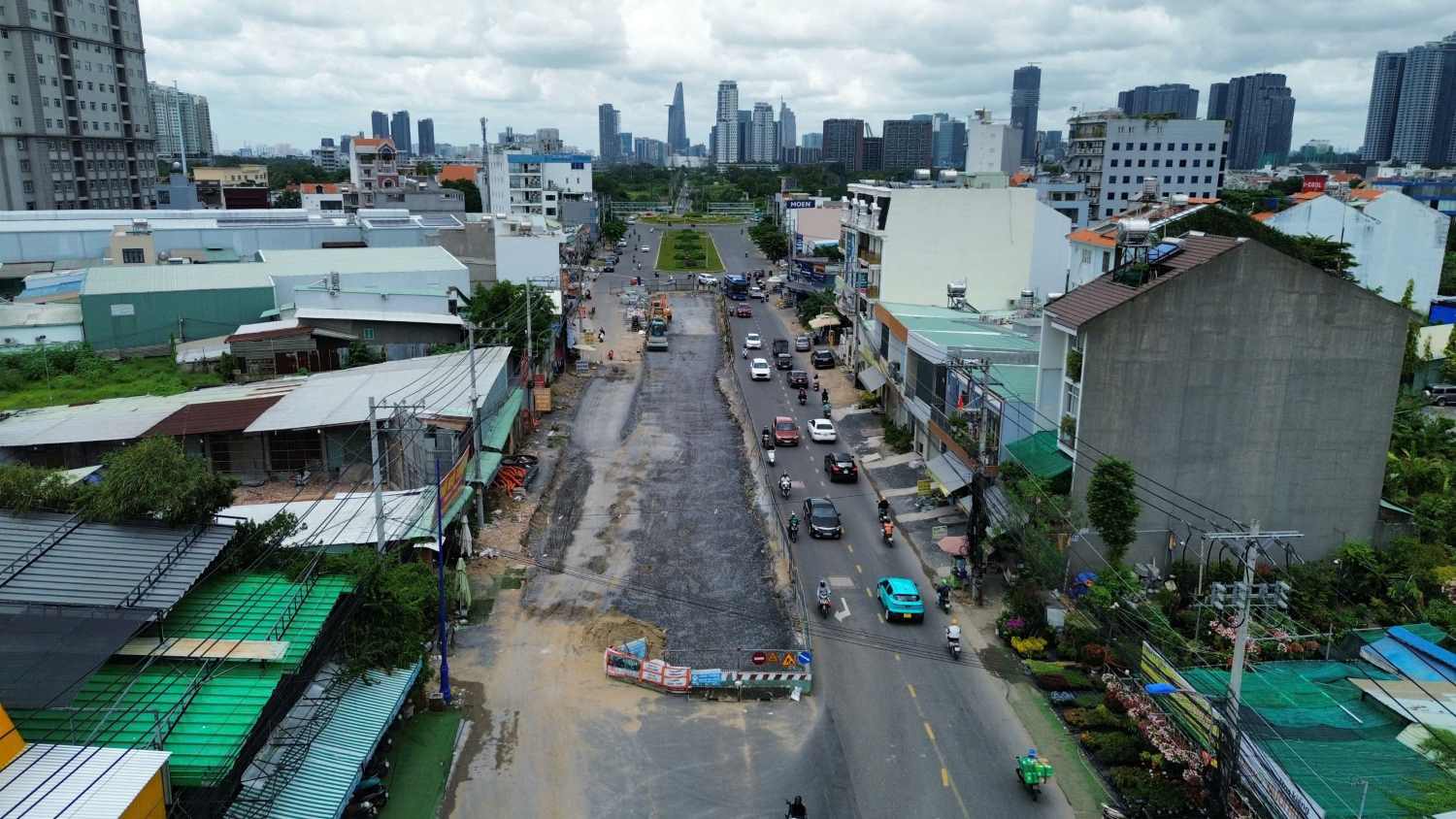
The section from Nguyen Hoang to An Phu intersection has handed over part of the site and constructed about 1/3 of the right side of the road since 2019, but had to be temporarily suspended because the remaining area (22,000 m2) had not been handed over.
According to Mr. Phuc, this area also coincides with the scope of the An Phu intersection construction project being implemented. The city strives to hand over this area before February 28, 2026, and complete the entire project in September 2026.
To remove obstacles, Chairman of the Ho Chi Minh City People's Committee Nguyen Van Duoc recently assigned the Traffic Department to proactively research and develop a plan to adjust the project to upgrade and expand Luong Dinh Cua Street (in the direction of expanding the boundary according to the plan after the Prime Minister approved the policy to adjust the boundary of the An Phu Urban Development Area project).
The Department of Finance shall preside over and coordinate with relevant departments and units to review and arrange capital balance for the project.
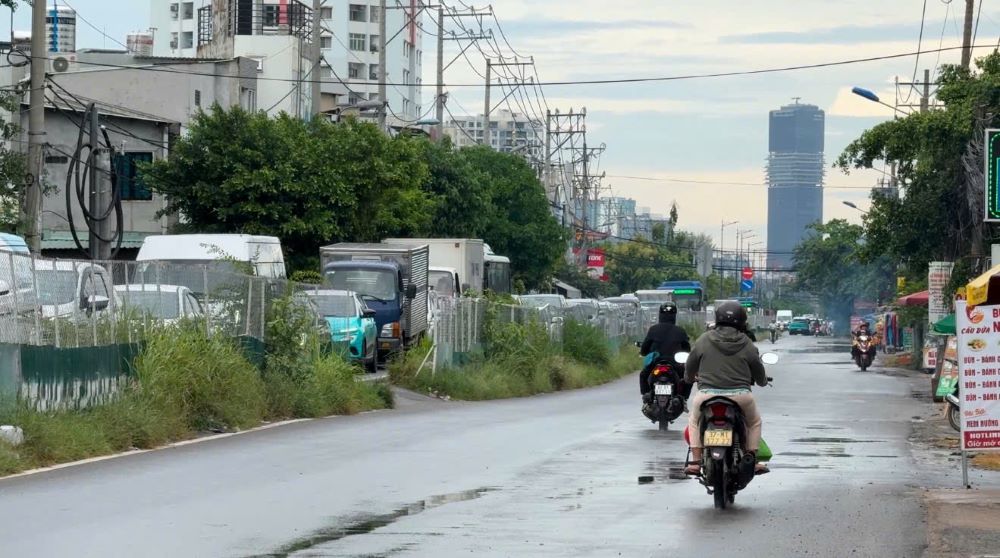
Regarding compensation and site clearance for the 22,012 m2 land plot, the Department of Finance urgently coordinates with relevant departments and units to advise, propose and draft an official dispatch of the Ho Chi Minh City People's Committee to report and recommend the Prime Minister regarding the policy of adjusting the boundary of the An Phu Urban Development Area project.
The Department of Agriculture and Environment reviewed the implementation of financial obligations and granted certificates of land use rights, house ownership rights and assets attached to land for 13 component projects of the An Phu development urban area project and advised on sanctions to handle violations.
At the same time, departments and the City Inspectorate will coordinate with investors of component projects to request the full implementation of committed financial obligations.

